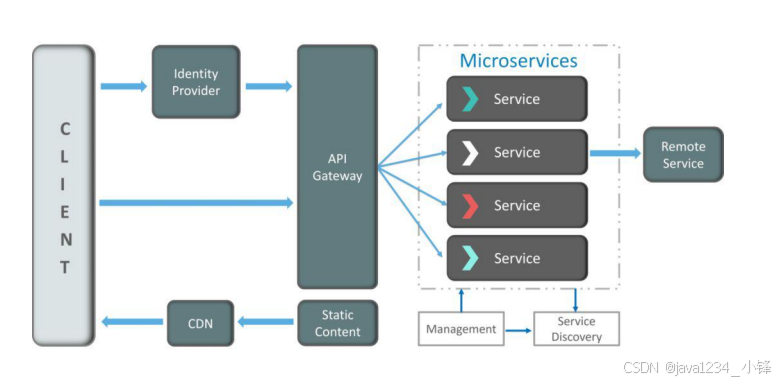力扣236.二叉树的最近公共祖先
链接: link
思路
要找p,q的公共祖先,可以从下往上遍历二叉树,而二叉树的后序遍历是天然的从下往上遍历。这题采用的是递归的方法,递归结束条件就是root为null或者root=p或者root=q就结束递归。
然后说一下单层逻辑,当左右子树都不为空的时候,说明分别在左右子树找到了p和q,这个时候当前节点root就是最近的公共祖先;当左子树空、右子树不为空,则说明p,q出现在右子树,此时右子树的节点是最近的公共祖先;当左子树不为空、右子树为空同理;当左右子树都为空时,则说明二叉树中没有pq。
/*** Definition for a binary tree node.* public class TreeNode {* int val;* TreeNode left;* TreeNode right;* TreeNode(int x) { val = x; }* }*/
class Solution {public TreeNode lowestCommonAncestor(TreeNode root, TreeNode p, TreeNode q) {if (root == null || root == p || root == q)return root;// 遍历过程遇到p,q就结束递归TreeNode left = lowestCommonAncestor(root.left, p, q);TreeNode right = lowestCommonAncestor(root.right, p, q);if (left != null && right != null) {return root;} else if (left == null && right != null) {return right;} else if (left != null && right == null) {return left;} else {return null;}}
}
235.二叉搜索树的最近公共祖先
链接: link
/*** Definition for a binary tree node.* public class TreeNode {* int val;* TreeNode left;* TreeNode right;* TreeNode(int x) { val = x; }* }*/class Solution {public TreeNode lowestCommonAncestor(TreeNode root, TreeNode p, TreeNode q) {if (root == null)return root;if (root.val > p.val && root.val > q.val) { // pq在root左侧return lowestCommonAncestor(root.left, p, q);} else if (root.val < p.val && root.val < q.val) {// pq在root右侧return lowestCommonAncestor(root.right, p, q);}else{return root;}}
}
701.二叉搜索树中的插入操作
链接: link
/*** Definition for a binary tree node.* public class TreeNode {* int val;* TreeNode left;* TreeNode right;* TreeNode() {}* TreeNode(int val) { this.val = val; }* TreeNode(int val, TreeNode left, TreeNode right) {* this.val = val;* this.left = left;* this.right = right;* }* }*/
class Solution {public TreeNode insertIntoBST(TreeNode root, int val) {List<Integer> res = new ArrayList<>();inorder(root, res);// 直接将元素插入到已排序的数组中insertIntoSortedList(res, val);// 使用修改后的数组构建新树return buildTree(res, 0, res.size() - 1);}// 中序遍历void inorder(TreeNode root, List<Integer> res) {if (root == null) return;inorder(root.left, res);res.add(root.val);inorder(root.right, res);}// 在递增数组中插入元素void insertIntoSortedList(List<Integer> res, int val) {int left = 0, right = res.size() - 1;// 使用二分查找插入新元素while (left <= right) {int mid = left + (right - left) / 2;if (res.get(mid) == val) {return; // 如果值已存在,则不插入} else if (res.get(mid) < val) {left = mid + 1;} else {right = mid - 1;}}// 在left位置插入新的元素res.add(left, val);}// 构建树private TreeNode buildTree(List<Integer> res, int left, int right) {if (left > right) {return null;}int mid = left + (right - left) / 2; // 选择中间元素作为根节点TreeNode root = new TreeNode(res.get(mid));root.left = buildTree(res, left, mid - 1); // 左子树root.right = buildTree(res, mid + 1, right); // 右子树return root;}
}递归方法
class Solution {public TreeNode insertIntoBST(TreeNode root, int val) {if (root == null) // 如果当前节点为空,也就意味着val找到了合适的位置,此时创建节点直接返回。return new TreeNode(val);if (root.val < val){root.right = insertIntoBST(root.right, val); // 递归创建右子树}else if (root.val > val){root.left = insertIntoBST(root.left, val); // 递归创建左子树}return root;}
}



















